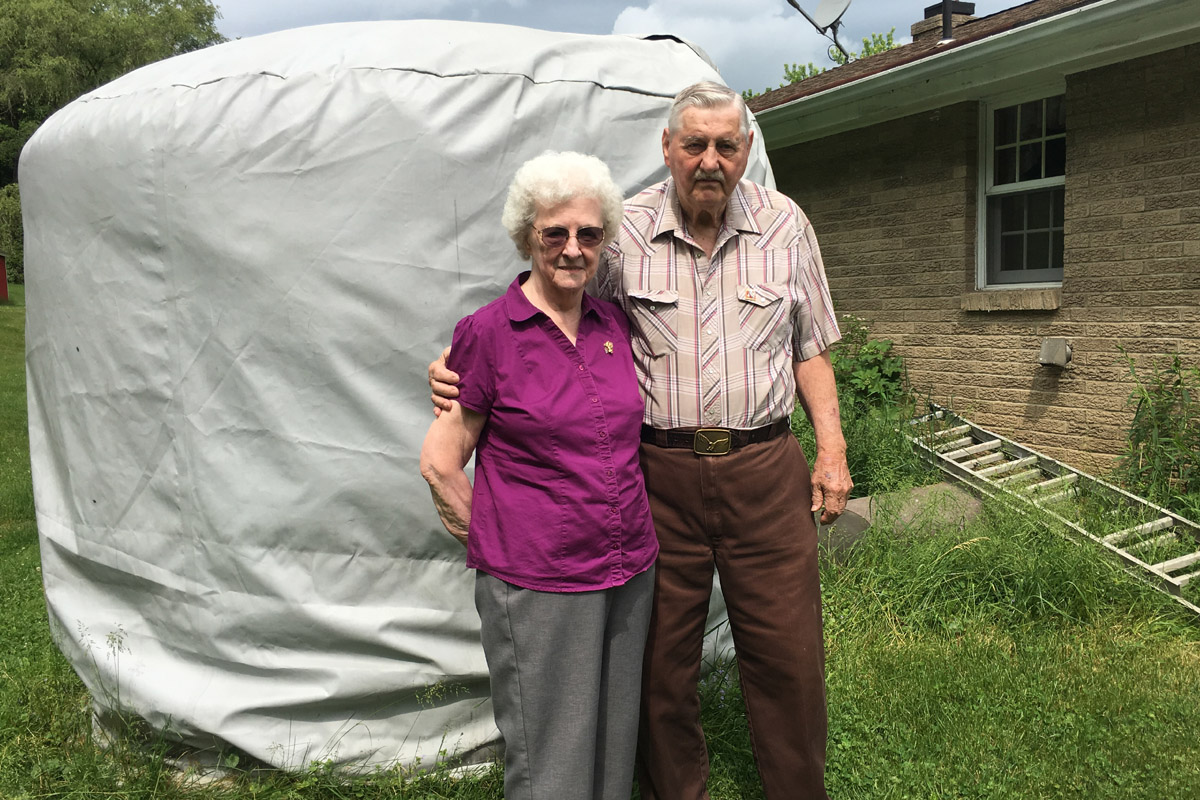At a recent legal forum in Harrisburg, a prominent natural gas industry executive suggested his company tries to avoid drilling near rich people.
“I was infuriated when I heard it,” says Patrick Grenter, of the environmental advocacy group, the Center for Coalfield Justice. ”I was sitting with some colleagues and I said to them, ‘Did he really just say that?’”
Terry Bossert of Range Resources had suggested the company tries to avoid putting its wells near big houses where people may have the financial means to fight them. A few weeks later, after the Pittsburgh Post-Gazette got wind of the remark, Bossert issued an apology.
He said he’d made a mistake by attempting to “interject dry sarcasm” at the event. Neither Bossert nor Range Resources would comment for this story.
But his remark put a renewed focus on the issue of environmental justice—the idea that poor and marginalized communities often end up bearing the brunt of industrial development.
In Pennsylvania, an Environmental Justice (EJ) zone is defined as a census tract where at least 20 percent of people live in poverty and/or at least 30 percent of the population is minority. Grenter thinks that’s a good place to start.
“We do think those are two significant indicators that need to be valued,” he says. “But we think the discussion should be bigger.”
Permit applications for some things, like landfills or coal mines, in EJ zones trigger more scrutiny from the state Department of Environmental Protection. But that’s not the case with oil and gas permits.
Kirk Jalbert is with Pittsburgh-based FracTracker Alliance, a group that uses data analysis to track the risks of oil and gas development.
“There are over 9,600 unconventional oil and gas wells in Pennsylvania,” Jalbert says. “Only 5 percent of them exist within present designated environmental justice census tracts.”
That’s because Pennsylvania’s Marcellus Shale boom has largely been in rural areas, where much of the population is white.
“If you start to look at other factors, like poverty, you’ll find a lot of those census tracts are also not over the poverty threshold,” says Jalbert. “But they’re right on the edge of working poor. They’re right on the edge of people you’d consider marginalized.”
Continue reading this story at StateImpact Pennsylvania »
###



